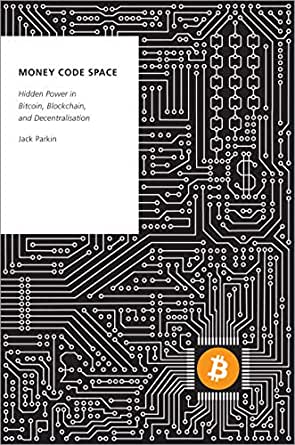
Harnessing a DIY philosophy, it is no surprise that the advent of cryptocurrencies has become an extension of the bottom-up narrative of re-empowering citizens. They are an attempt to democratise money (and other things) through the programming of a fairer political economy: one based on the limited ‘untouchable’ supply of a digital currency controlled by a network playing by the rules of an algorithmic protocol. In other words, blockchains are a means for realising decentralised utopias; their “dreamers are willing a future into being with their imaginations” (Swartz, 2017, 83).
In Spaces of Hope, David Harvey (2000) describes how globalisation (and its affiliation with neoliberalism) was approached uncritically in the 1980s and 1990s so that it became promoted as a virtue without a thorough examination of its contradictions. Today, the same is befalling the term ‘decentralisation.’ Consequently, and given the gravitas now attached to blockchains for disrupting and decentralising world economies, greater critical analysis is of the essence. I have so far demonstrated how cryptographers envisioned and built new digital spaces to ‘retreat into.’ I now turn to delineate the dislocations between this rhetoric and practice.
Harvey explains how traditional architects pursue “utopian ideals” (200) by mobilising “an intense imaginary of some alternative world (both physical and social)” (164) in their designs before attempting to make them ‘concrete’ spatial realities. Yet there is always an inevitable slippage between imagined worlds and their application. Moreover, subsequent appropriations of the built environment transform it: “[n]o architect can predict the result. No architecture is free of its context. Architecture is an event par excellence in the sense that it is a making or a becoming that exceeds the maker’s control” (Karatani, 1995, xxxviii). This effect is well known in studies of infrastructure: systems are not static but mutate with cultural-economic practice (Bowker & Star, 1999; von Schnitzler, 2008; Anand, 2011; Larkin, 2013; Fisch, 2013). Digital architects (programmers) now play a role just as important as their more time-honoured cousins in creating space (Kitchin & Dodge, 2011).8 With this in mind, the same permutations between imagined and built architectural space also apply to the digital (see Nagy & Neff, 2015).
Although the motives behind algorithmic decentralisation are often admirable, the term tends to embody an underlying fallacy: decentralist imaginaries assume the eradication of hierarchy and the dissolution of power. Jo Freeman (2003), on the other hand, explains how utopian ideas of structurelessness are “organizationally impossible.” For cryptocurrencies, such futility materialises on two levels: its own internal governance mechanisms and its exposure to wider ‘free market’ forces. In terms of governance, Bitcoin is constructed through an open source software model that espouses a rhetoric of equal power between its builders (Tkacz, 2015). Yet, this symmetry is an illusion:
Contrary to what we would like to believe, there is no such thing as a structureless group. Any group of people of whatever nature that comes together for any length of time for any purpose will inevitably structure itself in some fashion…. The very fact that we are individuals, with different talents, predispositions, and backgrounds makes this inevitable. (Freeman, 2003)9
Consequently, grand ideas of radical structurelessness, in any form (decentralised or otherwise), are fundamentally unfeasible. This argument finds traction in the Bitcoin development process (see Chapter 5).
The second actualisation of uneven control occurs through the economic processes of capitalism: the “materialization of freemarket utopianism requires that the process come[s] to ground someplace, that it construct[s] some sort of space within which it can function. How it gets framed spatially and how it produces space become critical facets of its tangible realization” (Harvey, 2000, 177). This process is the Achilles heel of decentralist utopias because free market forces of capitalism are geared towards centralising and dominating economic practices through private obligatory passage points (like Google or Amazon) whose controllers pursue the (over)accumulation of wealth. In this sense, ideologies of decentralisation often “preserve highly centralised power… behind a veneer of individual liberty and freedom” (Harvey, 2015, 142; see also Herian, 2018). Consequently, blockchain technology does not fix capitalism by putting an end to uneven geographical development (see Chapter 7 and Chapter 8). After all, “‘laissez faire’ philosophy did not prevent the economically powerful from establishing control over wages, prices, and distribution of goods; it only prevented the government from doing so. Thus structurelessness becomes a way of masking power” (Freeman, 2003). This dislocation between imaginary and practice, Freeman asserts, is the “tyranny of structurelessness” (Freeman, 2003).
– Jack Parkin, ‘Building Decentralised Utopias’ in Money Code Space, Oxford: Oxford University Press, 2020, p86-87








